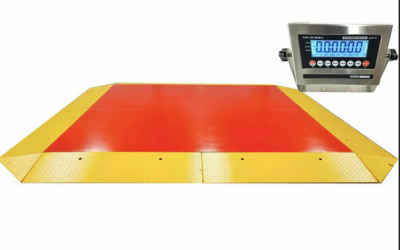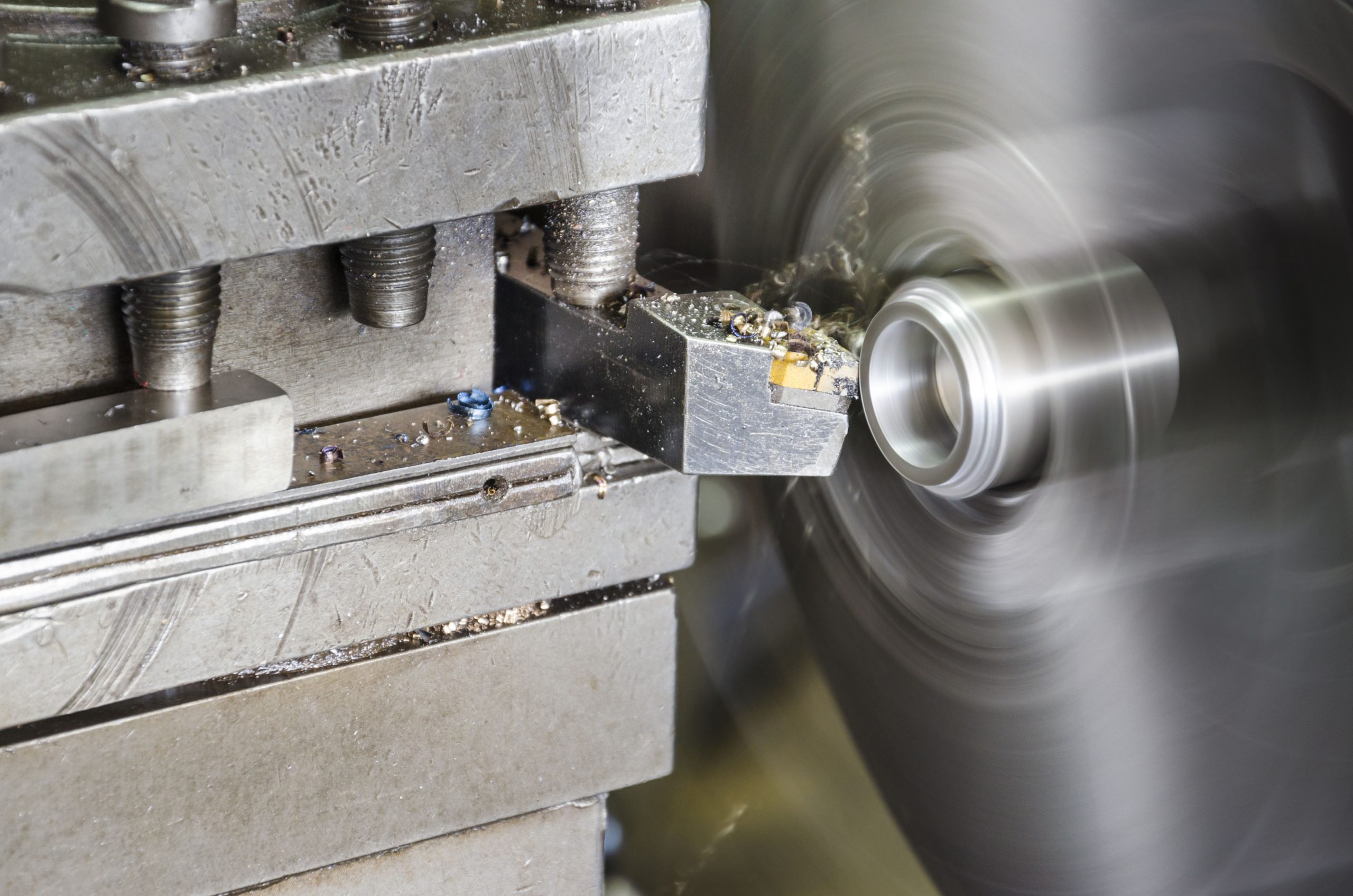Each milling operation requires a different tool for the job based on what you hope to accomplish. Several factors need to be taken into consideration when picking an end mill, including the type of tool material, certain tool characteristics and the need for a coating.
Types of Tool Materials
Although there are a variety of tool materials that your machining application may call for, most projects will include one of three types of materials.
1. High Speed Steel: High speed steel tools are used for most basic machining projects. Older machines will rely upon high speed steel. But this material will not work well for projects that have advanced speed and feed problems.
2. Cobalt: Cobalt tools generally sell for a higher price. But working with cobalt tools allow for greater speeds due to the increased hardness of the material.
3. Carbide: Carbide tools allow for the greatest speed. If your project requires advanced production needs, carbide may be the best material for you. Carbide end mills for aluminum are preferred for the alloy due to the special needs of the alloy, which can often be soft and sticky when used in machining projects.
Characteristics of the End Mill
End mills are chosen based upon their length, number of flutes, rake angle, helix angle, and end types. When selecting lengths, it is important to choose an end mill that is as short as possible. This will reduce the amount of deflection that occurs during the machining process. Stub length is the shortest possible, followed by regular length and long length.
End Mill Coatings
Picking the right tool coating can increase the life of the carbide end mill. The material you are machining should match the type of coating that you use for your carbide end mill, and carbide end mills for aluminum projects would have aluminum coatings.


